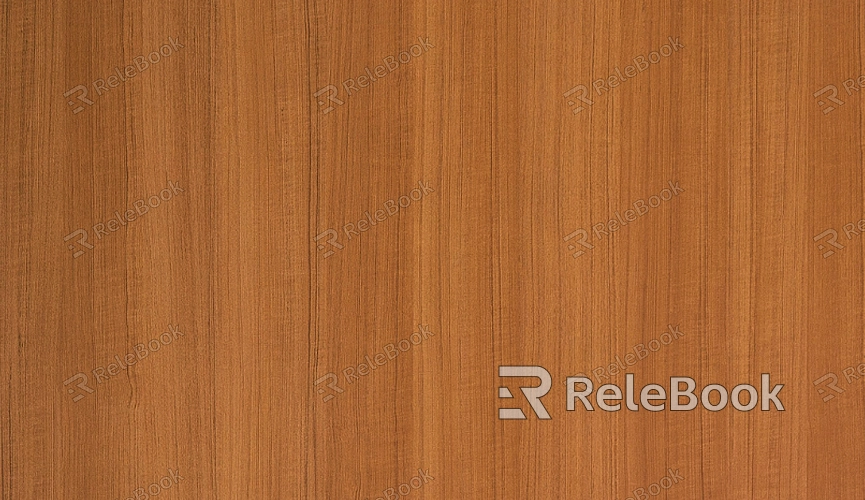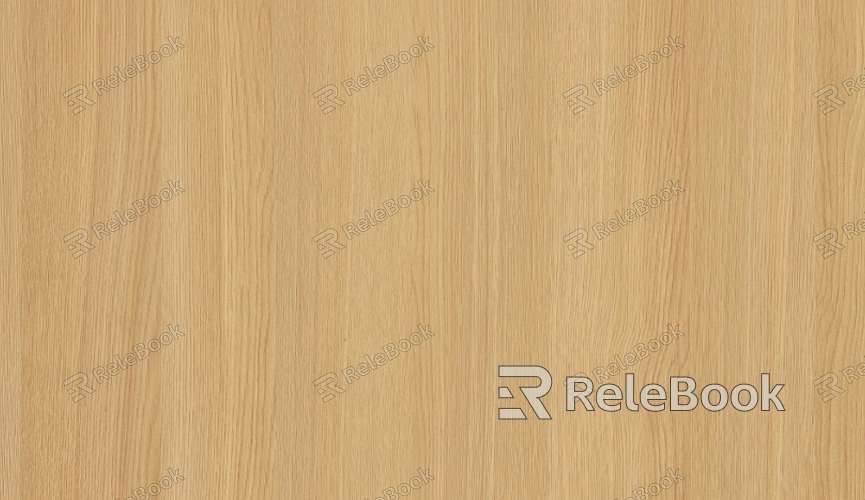How to Add Wood Texture in Illustrator?
Creating realistic textures in Adobe Illustrator can elevate your design projects by adding depth and dimension. Among the most popular textures, wood offers a natural aesthetic widely used in branding, packaging, and illustrations. This article will guide you through the process of adding wood texture to your designs in Illustrator, step by step, ensuring your final output looks polished and professional.

Preparing Your Workspace
Before diving into the design process, ensure your workspace is ready for efficient creation. Open Adobe Illustrator and set up a new document with the desired dimensions for your project. It's helpful to work with a color mode that matches your end purpose, whether it’s RGB for use or CMYK for print. Ensure the Layers panel is visible, as you’ll use multiple layers to create and manage your wood texture effectively.
Importing a Wood Texture Image
One of the simplest ways to add wood texture is by using a high-quality image. To begin, find a wood texture image from a reliable source or photograph one yourself. Import the image into your Illustrator document by dragging and dropping it or using the File > Place option. Once imported, resize the image to fit your design using the Selection Tool.

Vectorizing the Wood Texture
To maintain scalability and compatibility within Illustrator, convert the wood texture image into a vector. Use the Image Trace feature by selecting the texture image, navigating to the top menu, and choosing Window > Image Trace. In the Image Trace panel, select a preset such as High Fidelity Photo or experiment with the settings to achieve a balance between detail and simplicity. Once satisfied, click Expand in the toolbar to finalize the vectorization.
Creating a Clipping Mask
To apply the wood texture precisely to your design elements, use a clipping mask. Position the wood texture vector above the object you want to fill. Select both the texture and the object, then navigate to Object > Clipping Mask > Make. This action confines the texture within the boundaries of the selected object, creating a seamless appearance.
Adjusting Colors and Transparency
Enhance the texture to match your design’s color scheme by adjusting its colors. Use the Recolor Artwork tool or the Direct Selection Tool to modify individual elements of the texture. For a subtle effect, reduce the transparency of the texture by selecting it and adjusting the Opacity slider in the Transparency panel. Experiment with blending modes, such as Multiply or Overlay, to integrate the texture naturally into your design.
Adding Depth with Shadows and Highlights Adding Depth with Shadows and Highlights
To make the wood texture more realistic, incorporate shadows and highlights. Use the Pen Tool to draw shapes resembling shadows along the grain of the wood. Fill these shapes with a darker shade and adjust their opacity to blend smoothly. For highlights, follow the same steps using a lighter shade. These subtle details create a more dynamic and lifelike wood texture.
Saving and Exporting Saving and Exporting
Once satisfied with your design, save your Illustrator file in .AI format to preserve editability. For sharing or printing, export your project in a suitable format, such as .PDF, PNG, or .EPS. Use the File > Export > Export As option, and select the desired format and resolution.
By following these steps, you’ll be able to incorporate wood textures into your Illustrator designs with ease and finesse. For more resources, including 3D models and textures, visit the Relebook website to expand your creative toolbox.
FAQ
How can I find high-quality wood texture images?
Search for royalty-free texture resources on platforms like Unsplash, Pexels, or Adobe Stock. Ensure the resolution is high enough for your project.
What settings should I use in Image Trace for a wood texture?
Experiment with presets like High Fidelity Photo or adjust advanced options such as Threshold and Paths for a balance of detail and simplicity.
Why does my wood texture look blurry after importing?
Blurriness can occur with low-resolution images. Use high-quality textures and vectorize them in Illustrator for better results.
Can I create a wood texture from scratch in Illustrator?
You can use the Rectangle Tool, Gradient Tool, and Scribble Effect to simulate wood grain, though this approach may be more time-intensive.
How do I match the wood texture color to my design?
Use the Recolor Artwork tool or adjust the hue and saturation in the Color panel to align the texture with your overall design palette.
What’s the best way to make the texture scalable?
Always vectorize your texture using Image Trace. This ensures scalability without losing quality.

